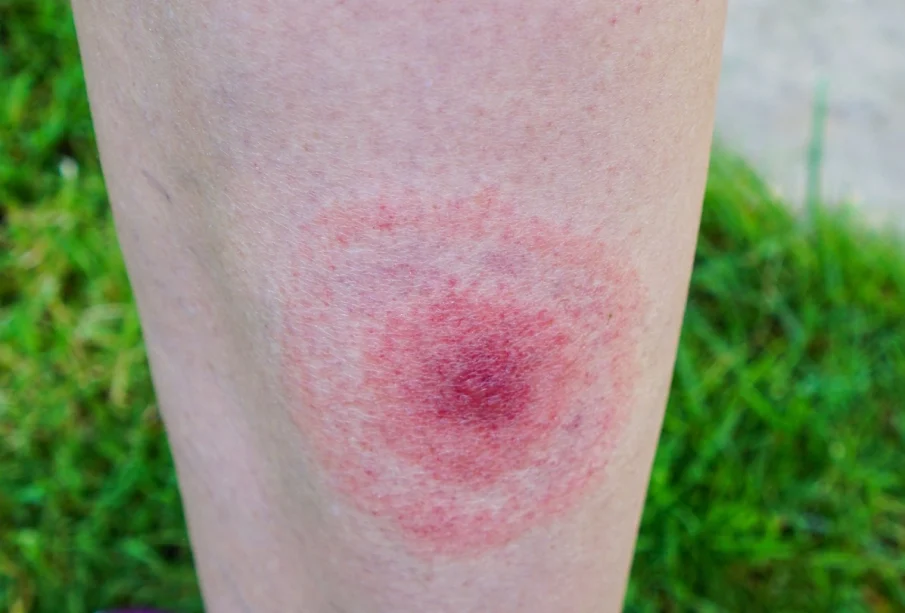Understanding Lyme Disease: Causes, Symptoms, and Prevention

Introduction
Lyme disease is a significant public health concern, particularly in regions where ticks are prevalent. This infectious disease is caused by the bacterium Borrelia burgdorferi, which is transmitted to humans through the bite of infected black-legged ticks, commonly known as deer ticks. With the number of reported cases increasing annually, understanding Lyme disease is crucial for prevention and early intervention.
Current Trends and Statistics
According to the Centers for Disease Control and Prevention (CDC), there were approximately 34,000 confirmed cases of Lyme disease reported in the United States in 2022. However, experts believe the actual number may be significantly higher due to underreporting. The disease is most common in the northeastern, north-central, and Pacific coastal regions of the United States. Additionally, the rise in outdoor activities and changing climate conditions are contributing to a wider spread of ticks, thereby increasing the risk of Lyme disease.
Symptoms and Diagnosis
Lyme disease typically manifests in stages. Initial symptoms may appear within 3 to 30 days after a tick bite and often include fever, chills, headache, fatigue, muscle and joint aches, and swollen lymph nodes. One of the hallmark signs is a circular, red rash resembling a ‘bull’s-eye,’ which develops at the site of the bite. If left untreated, Lyme disease can progress to severe complications, including neurological disorders and joint pain. Diagnosis is primarily based on symptoms, history of tick exposure, and laboratory tests.
Prevention Strategies
Preventing Lyme disease involves measures to reduce tick exposure. Health officials recommend wearing protective clothing, using tick repellents containing DEET, and doing thorough tick checks after spending time outdoors, especially in wooded and grassy areas. Additionally, keeping yards clean and reducing habitat for ticks can aid in prevention. It is also vital for individuals, particularly those venturing into tick-heavy environments, to be aware of the signs and symptoms of the disease.
Conclusion
As Lyme disease continues to pose a threat in various regions, public awareness and education are essential. By understanding the causes, symptoms, and prevention strategies associated with Lyme disease, individuals can take preventive measures to protect themselves and their loved ones. The future will likely see a continued emphasis on awareness campaigns and research aimed at controlling tick populations and developing effective treatments for those affected by this debilitating disease.









